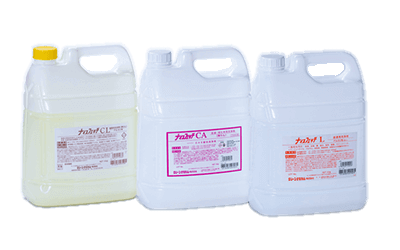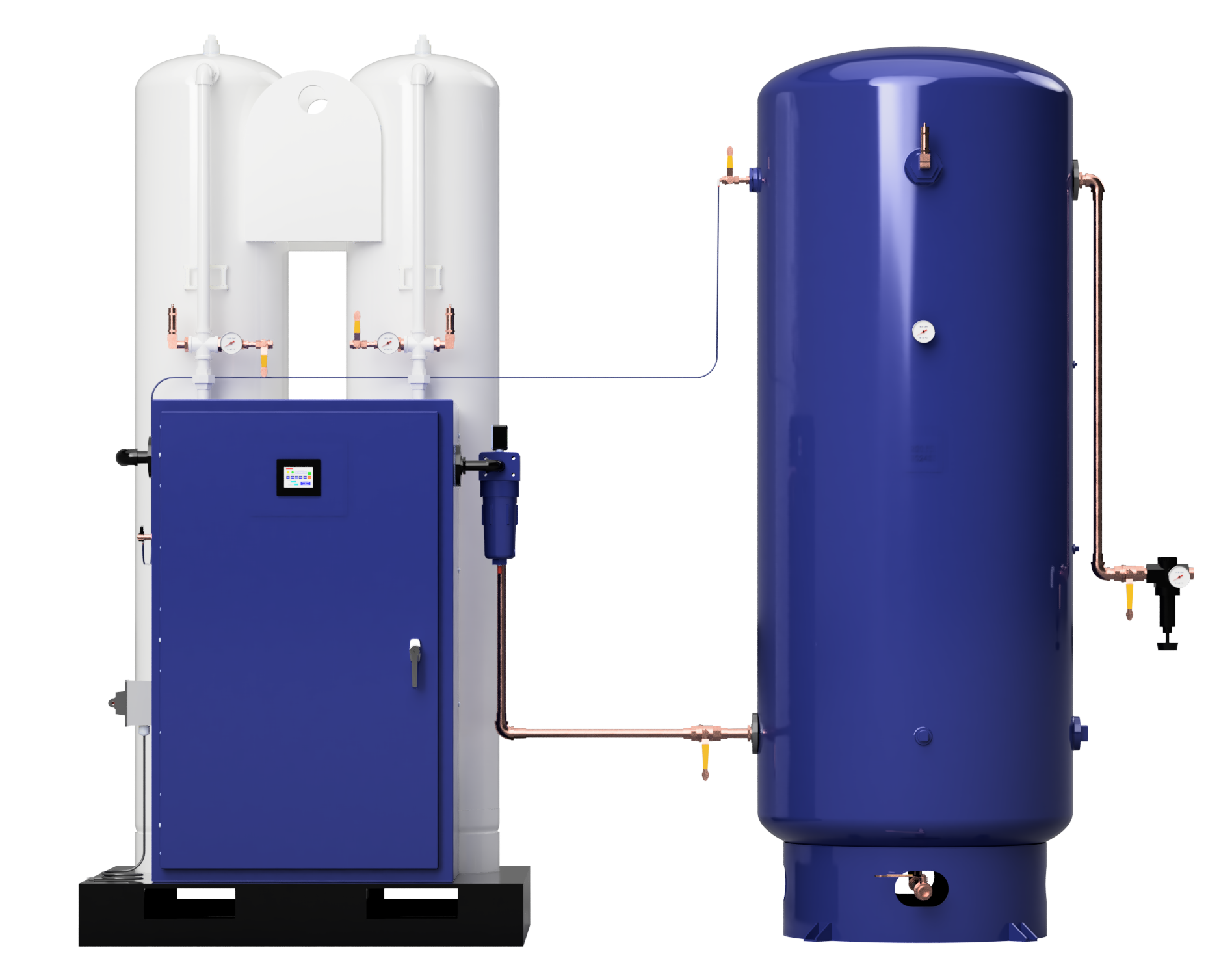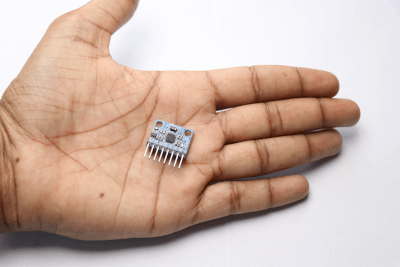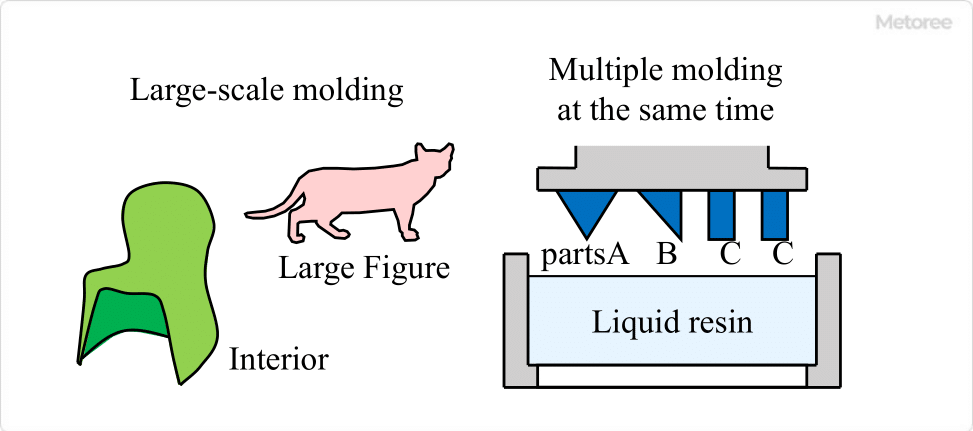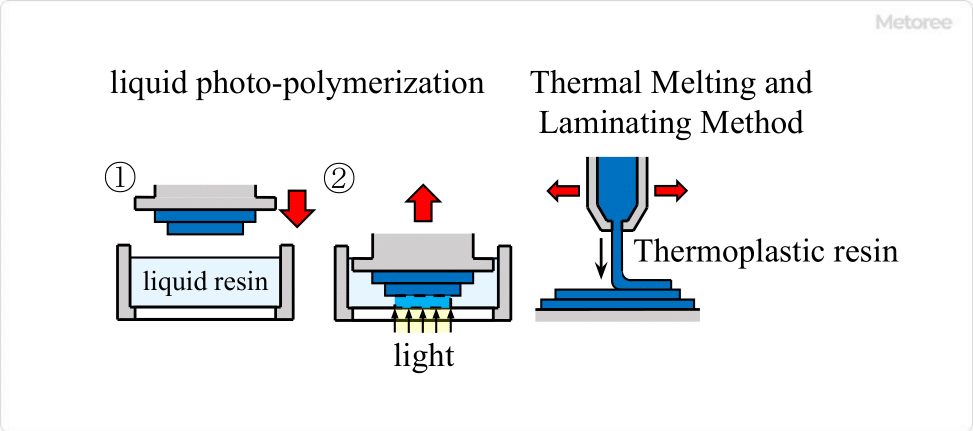What Is a Rotary Tool?
A rotary tool is a tool attached to a machine tool for cutting metal.
By attaching a rotating mechanism to the cutting tool, this tool is capable of complex machining.
By using a rotary tool on a single machine tool, it is a tool that can contribute to capacity improvement by enabling machining such as flat surface machining, drilling, boring, and cylindrical grinding.
It is inefficient to use multiple machine tools for machining.
Using multiple machine tools, there are disadvantages such as inefficiency in setting up each machine, such as a machine tool for plane machining, a machine tool for drilling, and a machine tool for cylindrical grinding, as well as machining misalignment due to mounting.
This is a revolutionary machine tool that allows multiple machining operations with a single machine tool.
Applications of Rotary Tools
The rotary tool is an innovative machine tool that allows comprehensive machining by attaching a tool to a comprehensive rotary machining unit.
Rotary tools are revolutionary machine tools that enable comprehensive machining by attaching a tool to the unit of a general rotary cutter.
There are various types of rotary tools to suit different machine tools and machining conditions.
There are two main types
- Standard Rotary Rools
- End-face processing type
End-face machining of clamp material
Grooves are machined on the end faces of machined parts.
- For Outer Diameter Machining
Machining the outer diameter of clamping material
Machining the outer diameter of cylinders
- Special Rotary Tools
- Double-headed type
Special type can accommodate multiple tools
Features of Rotary Tools
A rotary tool is attached to a machine tool to process metal.
There are various types of machine tools.
Cutting Machine
-
- A type that processes metal while replacing tools.
- Disadvantage: Poor work setup.
- A type that transfers workpieces from machine tool to machine tool.
- Disadvantages: Transferring workpieces from machine tool to machine tool and mounting and dismounting them results in poor machining accuracy. Poor work setup.
- Comprehensive Rotary Processing Machine
Multiple tools can be mounted on the rotating unit for machining.
- Advantages: Comprehensive machining is possible due to multiple tool mounting and machining. Machining accuracy is good because only one installation is required without transferring the workpiece from one machine tool to another.
- Disadvantage: Comprehensive rotary processing machines are expensive.
Machined parts require flat machining, drilling, boring, cylindrical machining, and other processes to complete a part.
General machine tools are used to transfer parts from one machine to another, changing tools as they are machined.
This results in lower work efficiency and lower machining accuracy due to mounting and dismounting.
By attaching the rotary tool to the rotary unit of a general rotary machine tool, it is possible to reduce the time required to remove and replace the tool due to workpiece transfer.
This is an epoch-making machine tool that frees the operator from the need to remove and replace tools due to workpiece transfer.
Dangers of Rotary Tools and Countermeasures
Even small, handheld rotary tools have high torque, so if used incorrectly, they can be dangerous, resulting in lacerations, burns, and in the worst case, serious accidents that can result in the loss of fingers or limbs. There are many types of rotary tools, such as drills and milling machines, but they are basically divided into two hazards: the rotary tool itself and the workpiece to be processed.
Danger of the rotary tool itself
The first and foremost hazard of the rotary tool itself is entrapment in the rotating parts. Finger entrapment comes to mind immediately, but care must also be taken to avoid the entrapment of gloves and clothing. The use of military gloves is basically prohibited when using rotary tools, and name straps and neckties are worn around the neck are also extremely dangerous. Sleeves and hems of clothing are also often overlooked, so be sure to check them before using the rotary tool.
Next are injuries such as cuts, lacerations, and burns caused by contact with the rotating parts. Rotary tools cut wood, metal, and other materials, so they are characterized by being extremely hard and sharp. Even if the contact is only momentary, there is a risk of cuts and lacerations. Also, the frictional heat from prolonged contact makes the tool and the workpiece hot, so care must be taken to avoid burns.
Finally, there is a risk of the above entrapment and injury due to tool breakage, machine malfunction, or operator mishandling. It is important to inspect rotary tools before use and to take measures such as 5S in the operating environment and alert people around you.
Danger of Workpiece
Danger also lurks in the workpiece. Because rotary tools rotate with high torque, if the workpiece is not properly secured, it may be blown away, resulting in injury to the operator or damage to equipment.
Cutting chips formed during machining are also sharp and can easily be touched with bare hands or scattered during operation, posing a risk of injury. When cleaning, it is important to always wear protective equipment and use special tools to collect, store, and dispose of these materials.
Rotary Tool Qualifications
Some grinding operations using rotary tools require qualifications. In the case of grinding wheel replacement work for hand grinders that use a rotary wheel to finish the surface, only workers who have received special safety and health training can perform this work because it falls under the category of “replacement of grinding wheels or test operation when replacing grinding wheels. Violations may result in fines, so it is necessary to take a special training course and obtain certification before performing the work.
